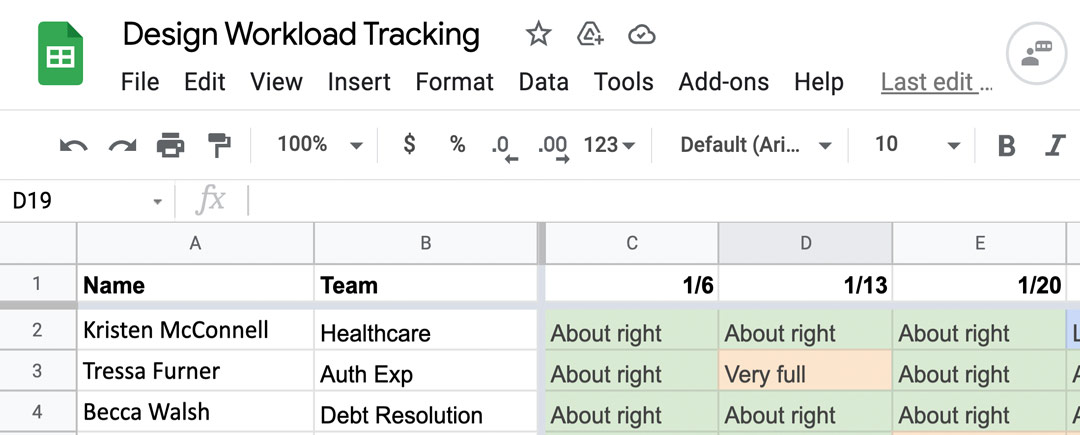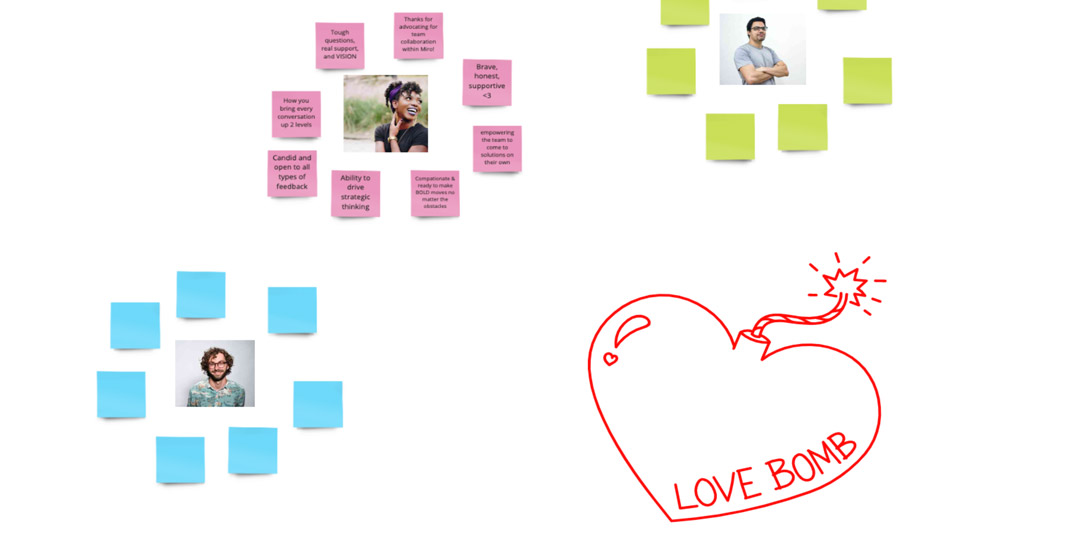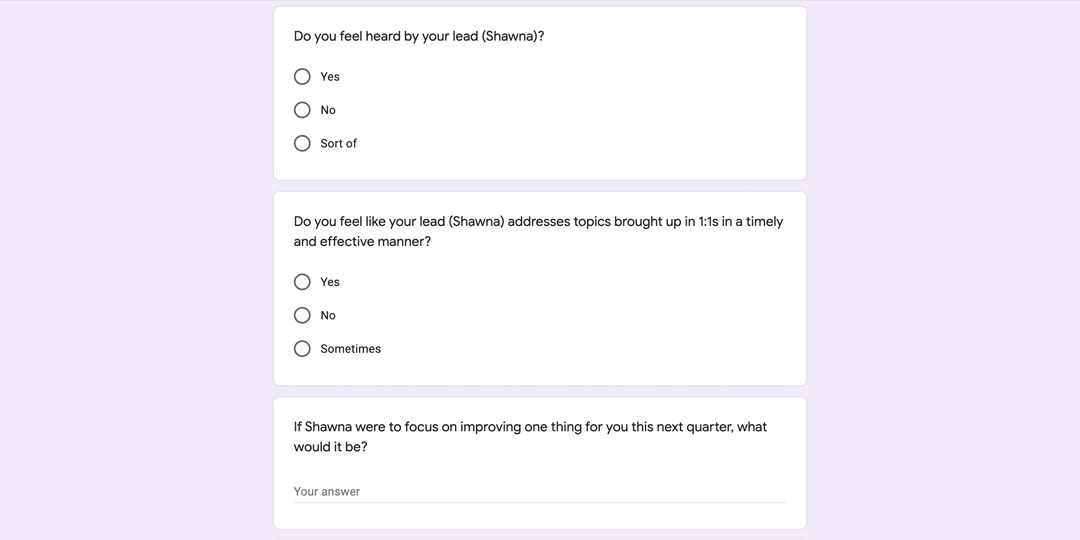6 concrete tips on how to keep good people while managing remotely
There are plenty of blog posts out there detailing what makes people “happy” or “fulfilled” overall in life (Maslow’s hierarchy of needs is oft-referenced). Some folks have even attempted to map this hierarchy of needs onto a remote work environment. But how, practically, does one manage folks so that you’re covering their needs at the right times?
The following are a few concrete tactics I’ve taken to keep my team feeling heard, engaged, and happy to stay. Note that this list doesn’t include changing company policies. As a manager but not a C-suite executive, there are only so many things I have control over!
1. Keep an eye on how your team feels about their workload
It’s important to make sure you have a handle on how burnt out people are feeling. Note that this is different than just looking over timecards or seeing how many tickets they’re assigned. It’s getting a read on how folks feel about their workload.
Every Wednesday after our design team meeting, I have folks fill out a cell in a spreadsheet letting me know how they’re feeling capacity-wise. I have a weekly reminder set up in our Slack channel to prompt people. I then monitor this spreadsheet and if folks indicate that they’re feeling overloaded, I’ll see if I can step in and take things off their plate, or get other folks who are light on work to step in. I’ll also make sure they have a day off planned at some point to replenish.

2. Make sure you’re tuned into your team’s emotional state
1:1s are a tried and true method for connecting with team members, and that works well for me in general. However, with my team at 18 people now, sometimes I want to just get a quick “pulse check” on how my team is feeling. For those times, I took advice from my friend Tony Garvan and made a Google doc, with headings like “Frustrating things,” “Satisfying things,” and “Amusing things.” Then I’ll give the team 5-7 minutes to write things in a stream of consciousness manner — about work or not, as they prefer. This acts as a quick, fun bonding exercise, and we all learn more about each other.

3. Plan unexpected, fun things during regular meeting times
Connecting with colleagues and building relationships in a variety of ways are a big part of feeling joy at work, which contributes greatly to whether or not folks want to stay in their jobs. Sometimes it’s nice to give space for your team to bond around things that are only tangentially work related. That said, be careful of scheduling too many “informal happy hours” or “games” — many folks don’t want extra meetings on their calendars that feel unnecessary when they’re juggling many things at home. Instead, plan small unexpected fun things during regular weekly meetings.
For example, last month I surprised my team during a normal recurring Wednesday UX weekly and gave them a different zoom link than our usual one. That zoom link led them to a virtual Airbnb Experience from foley artist Adam DeCoster. Team members got to hear all about how movie sounds are made and see creativity in a completely different venue.
I also have been known to have people listen to the sound of trees at the beginning of a meeting, or show them “an important video about usability testing.”
4. Help your team understand the people they’re impacting
My team works on products for Veterans and caregivers, so the work is high impact and can make a big difference in people’s lives. Sometimes, however, it’s easy to lose touch of that impact and feel like we’re all just pushing pixels and negotiating with stakeholders.
To help the team understand the folks we’re impacting, I run a quarterly book club based on VA personas. On VA.gov, we’ve identified 15 categories of folks who use our services, including caregivers and organizations. We try to make sure to read memoirs and books that target each “profile.” This quarter we’re reading The Storytellers: Veteran and family members write about military life and then bringing in the editor to run a workshop with us.
It’s also important to work with product managers to make sure teams are surfacing inspiring numbers from analytics regularly to team Slack channels. More clicks since a redesign? Celebrate it! 10% more folks getting through a form flow? Make sure the whole team knows.
5. Help your team show appreciation for each other
Part of building a community is to make sure folks don’t just spend time critiquing each other (which can commonly happen with a team of designers), but also take the time to notice and appreciate the good things. Consider spending 5-10 minutes in a weekly meeting and using Shipra Kanyan’s love bomb template in Miro (or a more accessible document equivalent) to help folks show their appreciation.

6. Run an anonymous quarterly team health survey
Ultimately as a manager, you need to make sure you’re always learning and growing and putting yourself out there for feedback to your team. Every quarter, I run a quarterly health survey to make sure team members have a venue to bring up issues or just let me know what they think is going well. I have a big enough team that this can also be run anonymously, which helps people feel like they can be honest. I then analyze the results and present them back to the team. Finally, I tell them what my own quarterly initiatives will be, based on their feedback.

The value of a connected team
Ultimately, the care I’ve taken towards my team has paid off. I haven’t had a single UXer quit Ad Hoc in the past few years, despite the fact that many in our industry are re-evaluating their jobs and moving on. I’ve been read-in enough with my members to suggest moves to other teams when appropriate, and to motivate them when needed.
And best of all, the team feels that we are a community of folks learning together. As one member said recently, “The design team seems solid right now. We can rely on each other, which leads to quality work.”
